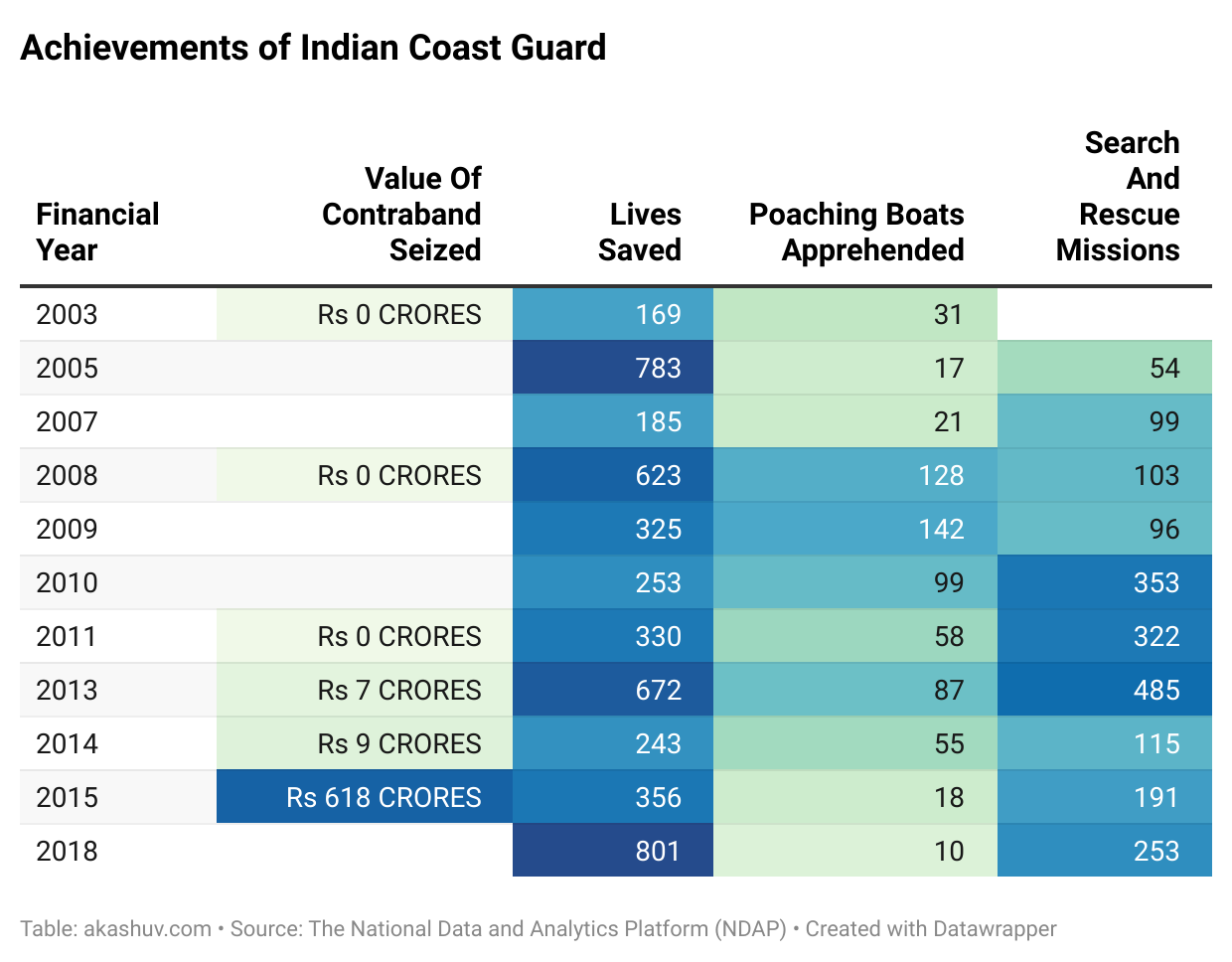Many people find saying ‘sorry’ challenging. It can sometimes feel uncomfortable, vulnerable, or even unnecessary, especially when emotions run high.
However, a heartfelt apology has the power to mend relationships, rebuild trust, and show true strength of character.
In this guide, we’ll explore what makes an apology sincere, how to craft one that resonates and the steps you can take to turn a difficult moment into an opportunity for growth and connection.
Before the Apology
Preparing Yourself Before Apologizing
Preparing yourself before apologizing can make a huge difference in the outcome it brings.
A thoughtful, well-prepared apology can sound authentic and meaningful, while a rushed or insincere one might cause more harm than good.
1. Acknowledge Your Mistake
Recognizing the error you made and taking full responsibility for your actions is the first and most crucial step to delivering an authentic apology.
Before apologizing, ensure that you clearly understand your mistake and genuinely want to make things right.
As Gary Chapman and Jennifer Thomas state in their book The Five Languages of Apology, “The best apologies are those that are heartfelt and specific.”
Taking responsibility shows maturity and sincerity, and it sets the foundation for rebuilding trust with the listener.
Remember, an apology only feels authentic if you’ve taken the time to reflect on your actions and their consequences. Apologizing without this understanding can come across as hollow or insincere.
2. Understand the Impact
While apologizing is often the right thing to do, it’s important to consider the context.
Not every situation requires an apology, even when you feel you’ve made a mistake. There are instances where an apology might be used against you, such as when someone is attempting to manipulate or embarrass you.
Additionally, your reaction in a particular moment might stem from years of unresolved pain or harm caused by the other person. If that’s the case, it’s essential to assess the situation carefully. Ask yourself:
- Does this person genuinely deserve my apology?
- Is my reaction tied solely to this incident, or is it influenced by past experiences?
If you determine that you were in the wrong, focus on understanding the effect your actions have had on the other person.
Consider how it has impacted their feelings, trust, and well-being. Empathy is key—put yourself in their shoes and try to see things from their perspective.
This will help you craft an apology that not only acknowledges your mistake but also shows that you care about repairing the harm caused.
Here’s a refined and structured version of your content, enhancing clarity, grammar, and flow:
3. Choose the Right Time and Place
The timing and location of your apology can significantly influence how it is received. Consider the personality and preferences of the person you’re apologizing to when deciding on the setting.
- Private vs. Public Apologies:
If the person values privacy, choose a quiet and private space to express your feelings. However, if you’re dealing with someone who might manipulate or take advantage of a private apology, a public setting—ideally in the presence of trusted people—might be more appropriate. While a public apology can feel embarrassing, it can sometimes protect you from misrepresentation or misuse of your words.
4. Prepare Your Thoughts and Feelings
Taking the time to reflect on your actions, their impact, and your apology can make your words more thoughtful and effective. Consider these questions before apologizing:
- What exactly do you want to apologize for?
- How do you feel about what happened?
- What do you hope to achieve with your apology?
- What are you willing to do to prevent a similar situation in the future?
By preparing your thoughts, you ensure that your apology is clear, meaningful, and focused on resolution rather than just vague regret.
5. Consider the Other Person’s Perspective
Empathy is key to a sincere apology. Think deeply about the other person’s feelings, needs, and concerns.
Ask yourself:
- What difference will this apology make in our relationship?
- Is this apology truly necessary to ensure the other person doesn’t feel hurt?
- Am I apologizing to console myself or because I genuinely want to take responsibility?
Understanding their perspective helps you craft an apology that acknowledges their pain and demonstrates your willingness to make amends.
6. Be Aware of Your Emotions
Apologizing can be an emotionally challenging experience. It often involves confronting feelings of guilt, shame, or vulnerability. Some people may even see an apology as a blow to their ego. However, a genuine apology should help you stay calm and balanced, fostering personal growth rather than feeding defensiveness or pride.
Taking a moment to center yourself before the apology can help you express your feelings honestly and stay composed throughout the conversation.
What Makes an Apology Sincere?
Recognizing the Importance of Intent
A sincere apology comes from a place of genuine regret and a desire to repair the relationship. If your intent is only to protect your image or avoid consequences, the apology may come across as insincere.
Avoiding Common Pitfalls in Apologies
- Don’t justify or minimize your actions.
- Avoid using conditional phrases like, “I’m sorry if you felt hurt.”
- Don’t shift the blame onto the other person.
By aligning your intent with honesty and empathy, your apology will carry the weight needed to heal and rebuild trust.
The Process of Apologizing
Apologizing is more than just saying “I’m sorry.” It’s a deliberate and thoughtful process aimed at mending relationships and restoring trust. Here’s a step-by-step guide to help you apologize effectively and sincerely.
Step 1: Express Remorse
Begin your apology by expressing sincere remorse. Use phrases like:
- “I’m deeply sorry.”
- “I apologize.”
- “I regret my actions.”
These statements acknowledge the other person’s feelings and show empathy. A heartfelt opening sets the tone for the rest of your apology.
Step 2: Provide Context
There are times when the other person might not fully remember or understand what happened, and they might not even expect an apology. For instance, if you’re a professor and feel remorse for harsh words spoken to a student, the student may not anticipate an apology or feel comfortable facing you.
In such cases:
- Explain why you feel the need to apologize.
- Clarify what you hope to accomplish with your apology.
Avoid justifying your behavior or making excuses like, “I was tired” or “I didn’t know better.” While these might seem harmless, they can sound insincere, especially to someone who understands the gravity of your mistake. Instead, focus on your actions and take responsibility without shifting blame to external factors or the other person.
Step 3: Acknowledge the Impact
Demonstrate that you understand the consequences of your actions. Acknowledge how your behavior affected the other person emotionally, mentally, or otherwise.
This step can serve as an opportunity to:
- Validate their emotions.
- Start a meaningful conversation about their perspective.
However, it’s important to be prepared for situations where the other person may not be ready to accept your apology. If they lash out or react negatively, understand that they might not yet be in a place to process your apology. For your own mental well-being, it’s okay to step back and give them time to heal.
Additionally, ensure your apology isn’t perceived as vulnerability that someone could exploit to embarrass or manipulate you. If you sense that your apology isn’t being taken seriously, seek advice from a trusted friend or mentor for an external perspective.
Step 4: Offer a Solution or Restitution
Whenever possible, propose a solution or restitution to make amends. For example:
- If your actions caused inconvenience, ask how you can make it right.
- If trust was broken, outline steps you’ll take to prevent a recurrence.
A concrete plan shows that you’re not only sorry but also committed to change.
Step 5: Listen and Respond
An apology isn’t a one-sided conversation. Be an active listener and give the other person space to share their thoughts and emotions.
- Respond empathetically by acknowledging their perspective.
- Be open to constructive feedback, even if it’s difficult to hear.
Active listening demonstrates that you value their feelings and are serious about repairing the relationship.
Step 6: Follow Up and Follow Through
Words alone aren’t enough. Following through on your promises is essential to rebuilding trust and showing your sincerity. If you’ve committed to a change, ensure you act on it consistently over time.
A thoughtful follow-up, such as checking in with the other person or reaffirming your commitment to improvement, can reinforce the sincerity of your apology.
Final Thoughts
Apologizing is an art that requires courage, empathy, and self-awareness. While the process can be emotionally challenging, a sincere and well-delivered apology can mend relationships, heal wounds, and pave the way for growth.
Would you like to expand any of these steps or explore examples for specific scenarios?
Here’s an expanded version with an anecdote to illustrate the process and some sample templates for written apologies:
4. The Dos and Don’ts of Apologizing
Dos:
- Use “I” Statements: Take responsibility by focusing on your actions. For example, “I hurt you by not listening to your concerns.”
- Maintain Eye Contact and an Honest Tone: When apologizing in person, sincerity can be conveyed through your body language and tone.
Don’ts:
- Avoid Defensiveness: Don’t justify or explain your actions in a way that dismisses the other person’s feelings.
- Never Shift the Blame: Don’t say things like, “I wouldn’t have done it if you hadn’t…” This only undermines your apology.
5. The Role of Timing in an Apology
When to Apologize and When to Wait
Sometimes, apologizing immediately isn’t the best course of action, especially if emotions are still high. Waiting until both parties are calmer can lead to a more productive conversation.
Understanding the Right Context
An apology in the middle of a crowded public setting may not be appropriate for someone who values privacy. On the other hand, a public apology might be necessary if the incident occurred in front of others.
Example:
Imagine you criticized a coworker’s idea during a meeting. Apologizing privately afterward might be more impactful, as it shows you care about their feelings without the added pressure of an audience.
6. Apologizing in Writing: Email, Text, and Letters
Anecdote to Explain the Process
A professor, Dr. Collins, realized he had spoken harshly to a student, Sarah, during class. Though Sarah hadn’t shown visible signs of hurt, Dr. Collins couldn’t shake the guilt. Recognizing the need to apologize, he decided to write a thoughtful email, knowing Sarah might feel uncomfortable discussing the matter face-to-face.
In his email, he expressed his regret, provided context about the situation, and assured Sarah that he would be more mindful in the future. The written apology allowed Sarah to process the situation in her own time, and she responded positively, grateful for his sincerity.
Crafting a Thoughtful Written Apology
When apologizing in writing, clarity and empathy are essential. Follow these steps:
- Start with a clear expression of remorse.
Example: “I’m truly sorry for how I acted during our meeting yesterday.” - Provide context (if necessary), but don’t make excuses.
Example: “I realize that my tone came across as dismissive, and that was not my intention.” - Acknowledge the impact of your actions.
Example: “I understand that my words may have made you feel undervalued, and for that, I am deeply regretful.” - Offer restitution or a commitment to improvement.
Example: “Moving forward, I’ll make an effort to communicate more thoughtfully and respectfully.” - Invite dialogue or provide closure.
Example: “If you’d like to discuss this further, I’m more than willing to listen. Thank you for understanding.”
Sample Templates for Written Apologies
Email Template:
Subject: My Apology
Dear [Recipient’s Name],
I want to sincerely apologize for [specific action]. I realize that my behavior was inappropriate and may have caused [describe the impact]. It was never my intention to [acknowledge how the other person may have felt].
I take full responsibility for my actions and am committed to ensuring it doesn’t happen again. Please let me know if there’s anything I can do to make amends.
Thank you for giving me the opportunity to express my regret.
Warm regards,
[Your Name]
Text Message Template:
Hi [Recipient’s Name],
I just wanted to say I’m sorry for [specific action]. I realize it may have [acknowledge the impact] and I deeply regret that. I’d like to make things right if possible. Please let me know if you’d like to talk.
Letter Template:
Dear [Recipient’s Name],
I am writing to express my deepest apologies for [specific action]. Upon reflecting on my behavior, I realize that it [acknowledge the impact, e.g., hurt your feelings, damaged your trust].
I take full responsibility for my actions and understand the pain I may have caused. I deeply regret my mistake and assure you that I am taking steps to ensure it doesn’t happen again.
I value our relationship and hope to rebuild the trust that may have been lost. Please know that I am open to discussing this further if you feel comfortable.
Thank you for your understanding.
Sincerely,
[Your Name]
7. Cultural and Situational Sensitivity in Apologies
Adapting Apologies Across Cultures
Cultural norms influence how apologies are perceived and delivered. For example:
- In Japanese culture, apologies often emphasize humility and acknowledgment of group harmony, even if the individual apologizing isn’t personally at fault.
- In Western cultures, apologies typically focus on individual responsibility and direct expressions of regret.
Understanding these differences can help you avoid misunderstandings when apologizing across cultures.
Apologizing in Professional Settings
In a workplace, apologies should strike a balance between professionalism and sincerity. For example:
- Acknowledge the issue without overly emotional language.
- Propose solutions or offer restitution to show accountability.
Recommended Resource:
For more on cross-cultural communication, consider reading The Culture Map by Erin Meyer. Find it on Amazon.
8. Rebuilding Trust After an Apology
Following Through on Promises
An apology is only as meaningful as the actions that follow. If you commit to making changes, ensure you follow through consistently.
The Importance of Consistent Actions
Trust is rebuilt through repeated demonstrations of reliability and care. Avoid repeating the mistake and actively work to repair any damage caused by your actions.
Quote to Reflect On:
“Trust is earned in drops and lost in buckets.” – Patrick Lencioni, The Five Dysfunctions of a Team Find it here.
9. Examples of Famous Public Apologies (Good and Bad)
What We Can Learn from Celebrities and Leaders
- Good Example:
Former Canadian Prime Minister Justin Trudeau issued a heartfelt apology for wearing blackface in his youth, expressing genuine regret and taking full accountability for his actions. His acknowledgment of the offense and commitment to change resonated with many. - Bad Example:
Influencers and celebrities often deliver apologies that are vague or insincere, such as using phrases like, “I’m sorry if you were offended,” which shift blame to the audience rather than taking responsibility.
Recommended Article:
“Lessons from the Best and Worst Public Apologies” – Read on Harvard Business Review.
10. Resources for Further Learning
Books
- The Five Languages of Apology by Gary Chapman and Jennifer Thomas – Find it on Amazon.
- Difficult Conversations: How to Discuss What Matters Most by Douglas Stone, Bruce Patton, and Sheila Heen – Find it on Amazon.
Articles
- “How to Apologize Effectively” – Psychology Today.
- “The Art of the Apology” – Forbes.
Videos
- “The Art of Apologizing” by Brené Brown – Watch on YouTube.
- “Apology: A Powerful Tool for Healing” – TED Talk by Harriet Lerner – Watch on TED.
11. Conclusion
Sincere apologies are essential for personal growth and healthy relationships. They allow us to take responsibility, rebuild trust, and deepen connections with others.
Encourage yourself to reflect on past mistakes, embrace accountability, and commit to meaningful change. A heartfelt apology has the power to heal wounds and foster mutual understanding.
Quote to End With:
“A genuine apology is not about just saying ‘I’m sorry,’ but about committing to be better than your mistake.” – Harriet Lerner, Why Won’t You Apologize? Find it here.











Leave a Reply